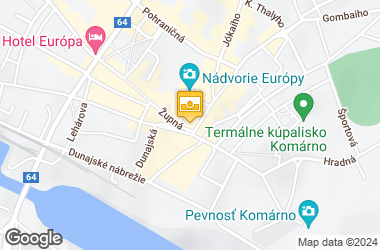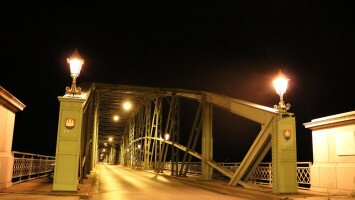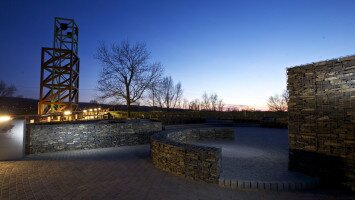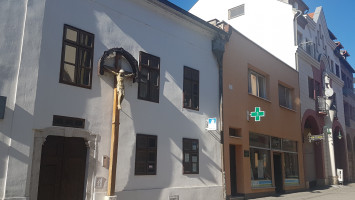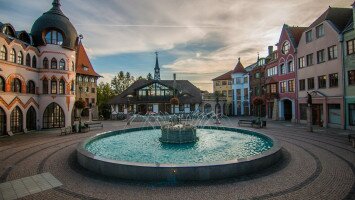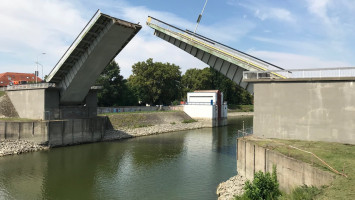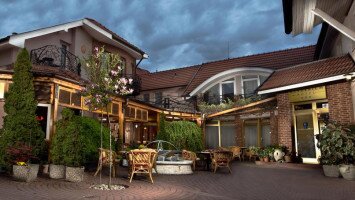
The building of the Zichy palace was built on the main square of Komárno, and for centuries it played an important role in the history of the city, being used as a theater, residence, synagogue, post office, cellar and for various other purposes.
On June 28, 1763, a huge earthquake struck Komarno. As a result of the earthquake, 63 people died, there were 102 injured people, 7 churches and 279 buildings collapsed. Part of the buildings collapsed, the city buildings were seriously damaged, and only 9% of the buildings remained intact. Zichy's palace was also damaged by the earthquake. According to the sources, today's building was rebuilt in 1775 by Ferenc Zichy in a classicist style.
The building was built in a very good location and was always at the center of events.
The building served as a theater until 1827, then served as a Jewish temple, which was rebuilt into a German house after the construction of the Europe Place.
Today, the palace is used by the Danube museum for the permanent exhibition entitled Komárno between 1849–1945 represents an addition to the historical exhibition in the main building of the museum and presents the eventful history of the recent past of Komárno of the last hundred years.
Here we can find the Mór Jókai commemorative exhibition, which presents the life – work of the writer and some of his relics ( writing – table, manuscripts) also can be seen here. The Franz Lehár commemorative exhibition presents the work of the composer and his connection to his native town.

